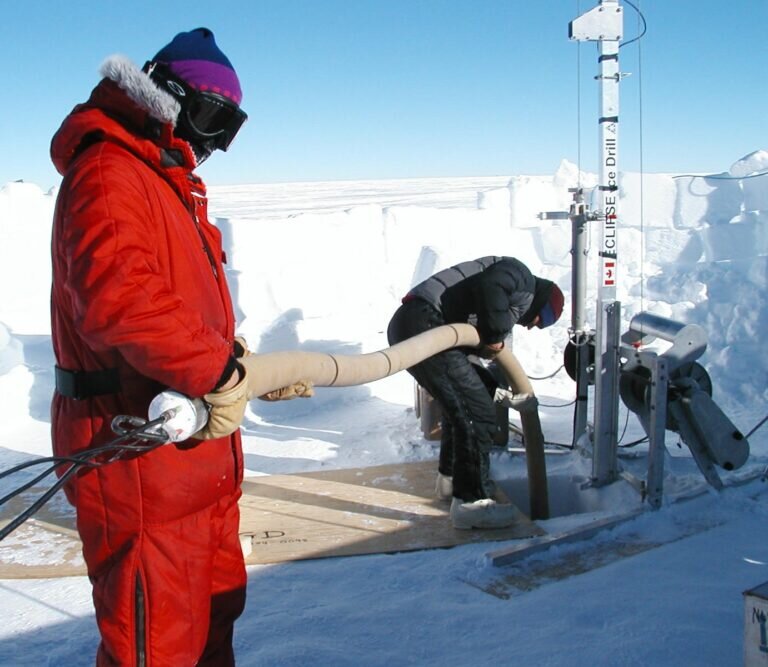#Researchers find 70 percent increase in atmospheric hydrogen over the past 150 years

“#Researchers find 70 percent increase in atmospheric hydrogen over the past 150 years”

Earth system scientists at UCI studied air trapped in compacted layers of Antarctic ice and snow to come up with some answers and a few new questions about the amount of molecular hydrogen in our planet’s atmosphere. H2 is a byproduct of fossil fuel combustion, biomass burning and the oxidation of methane, among other sources, and has an impact on global warming and the ozone layer. The UCI researchers, who were joined by scientists from the National Oceanic and Atmospheric Administration, the University of Colorado Boulder and UC San Diego, learned that molecular hydrogen increased from 330 to 550 parts per billion in Earth’s atmosphere from 1852 to 2003, the time span measured in the firn air collected near the South Pole at Megadunes, Antarctica. The team reported its findings in a paper published recently in the Proceedings of the National Academy of Sciences.
“Aging air is trapped in the perennial snowpack above an ice sheet, and sampling it gives us a highly accurate account of atmospheric composition over time,” said lead author John Patterson, a graduate student in the laboratory of Eric Saltzman, UCI professor of Earth system science. “Our paleoatmospheric reconstruction of H2 levels has greatly enhanced our understanding of anthropogenic emissions since the beginning of the industrial revolution.”
Patterson said the bulk of the growth in H2 is attributable to human activities, especially those resulting in transportation-sourced emissions, but a portion of the increase is still unaccounted for. “Government policies on tailpipe emissions have led to a decrease in carbon monoxide in the atmosphere, so we should have expected to see the same impact on molecular hydrogen, but that appears to not be the case,” he said. “There’s no evidence that atmospheric molecular hydrogen emissions decreased in the 20th century, so we are likely underestimating nonautomotive sources of the gas.”
The researchers said there may be a new source of H2 emissions looming on the horizon as more people adopt zero-carbon hydrogen power for autos and other needs, leading to the possibility of leakage into the atmosphere.
John D. Patterson et al, H2 in Antarctic firn air: Atmospheric reconstructions and implications for anthropogenic emissions, Proceedings of the National Academy of Sciences (2021). DOI: 10.1073/pnas.2103335118
Citation:
Researchers find 70 percent increase in atmospheric hydrogen over the past 150 years (2021, September 10)
retrieved 10 September 2021
from https://phys.org/news/2021-09-percent-atmospheric-hydrogen-years.html
This document is subject to copyright. Apart from any fair dealing for the purpose of private study or research, no
part may be reproduced without the written permission. The content is provided for information purposes only.
If you liked the article, do not forget to share it with your friends. Follow us on Google News too, click on the star and choose us from your favorites.
For forums sites go to Forum.BuradaBiliyorum.Com
If you want to read more Like this articles, you can visit our Science category.



